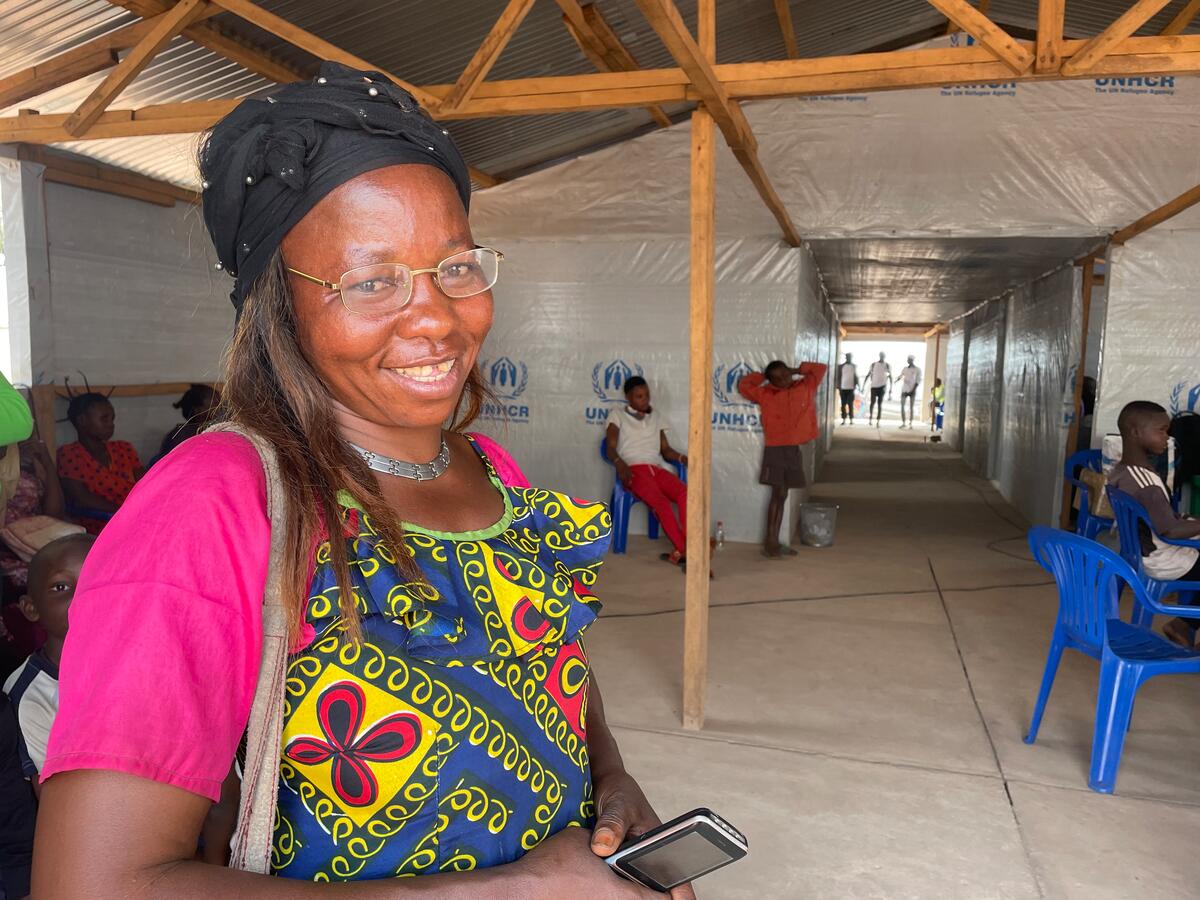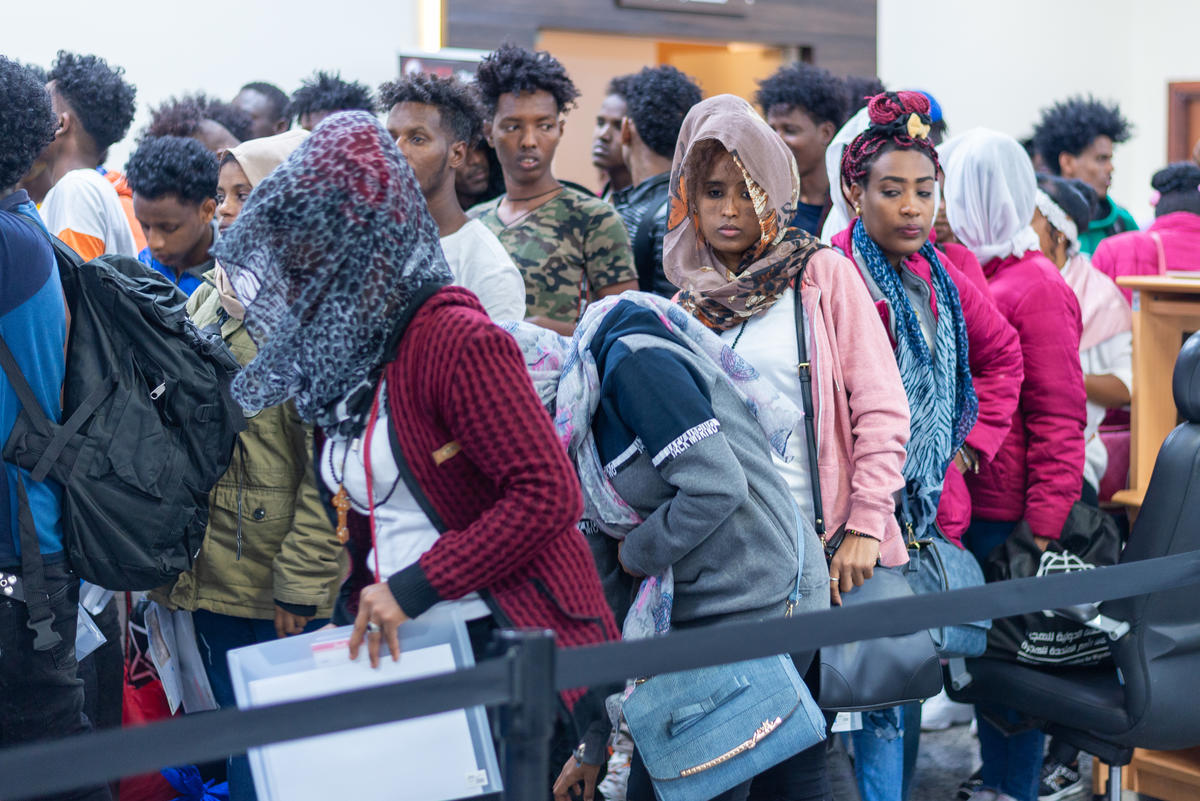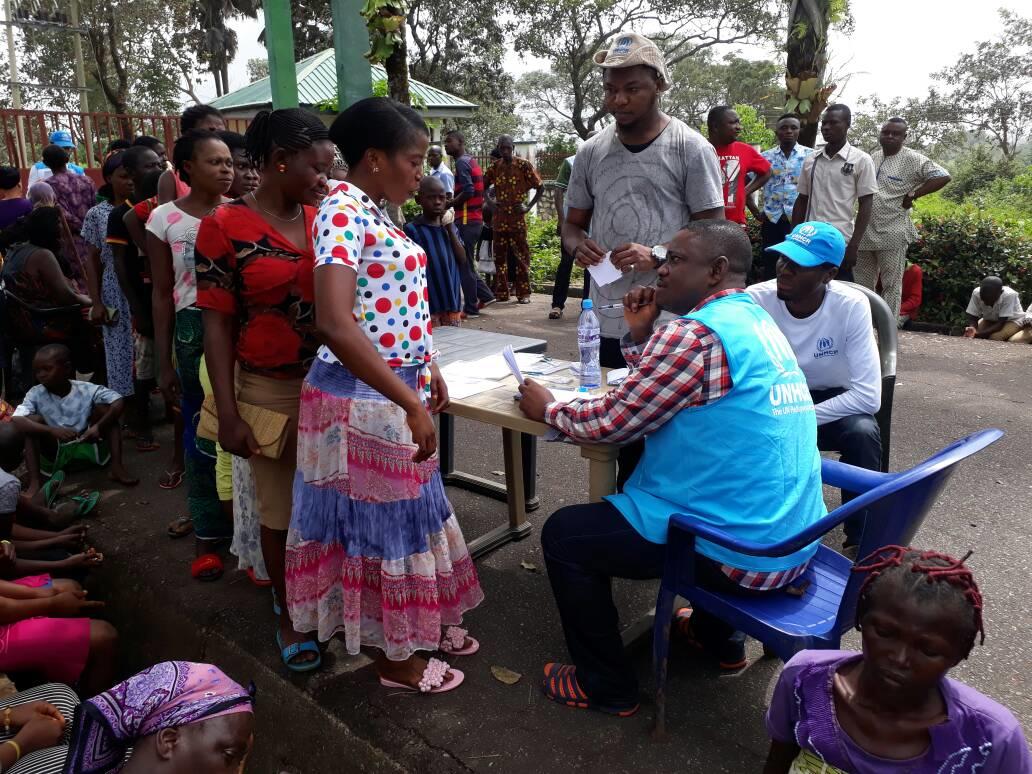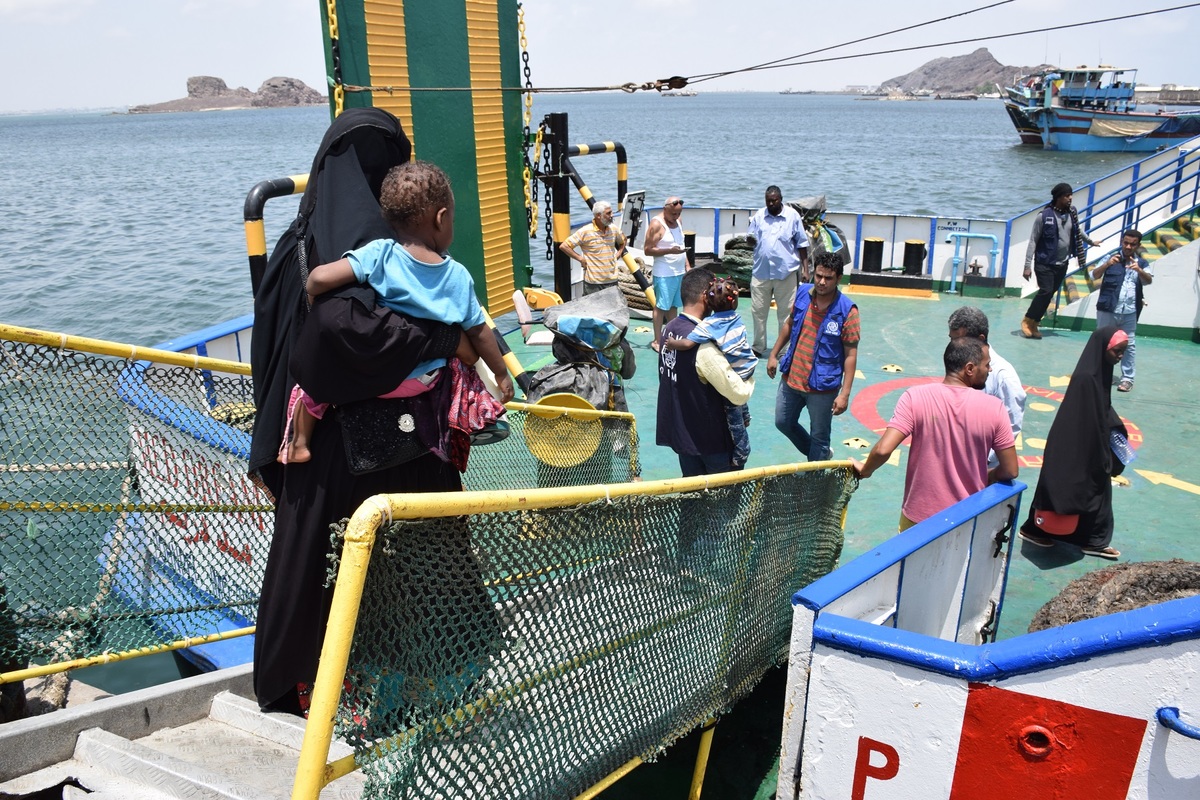Local integration - A success story in Lesotho
Local integration - A success story in Lesotho

MASERU, Lesotho (UNHCR) - Refugees are not a big issue in the Southern African kingdom of Lesotho. Not because there are none - the country hosts about 100 refugees - but because they have been well-integrated into local society and are practically Basotho, as Lesotho nationals are called.
Many of the refugees are living and working alongside their Basotho hosts. Some are married to Basotho women and have set up families in Lesotho. Like their hosts, they make their living by running business like hair salons or offering services like car battery-charging, mechanics and other small trading. There are also doctors, nurses, teachers and engineers among them.
Starting a new life in Lesotho can be tough and challenging. But Congolese Mvibudulu Menakuntima, like many of his fellow refugees, has managed to cope with the situation. He is gradually gaining acceptance in his host community, to the extent that his in-laws accepted his lobola [dowry] for his Basotho wife, a primary school teacher. The couple and their two children live in Upper Thamae, a densely populated and popular residential area in Lesotho's capital of Maseru.
Menakuntima runs a hair salon in a shabby room near his rented two-bedroom home. In order to expand his sources of revenue, he also sells second-hand spare parts in the same shop. Outside the shop, he has installed a car battery-charging device. He runs another car battery-charging service outside his home.
Like many Congolese, Menakuntima is very enterprising. He confided that he has constructed a house nearby, which he is renting to a Basotho national. He spends part of the rent he collects to pay for his own rented accommodation, and the rest to meet the costs of keeping his young family, including the payment of school fees. Gloria, his eldest daughter, goes to a privately-run English-medium primary school.

Originally from the Democratic Republic of the Congo (DRC), Menakuntima is among the hundreds of thousands who fled the recurring civil wars in his country to seek asylum abroad. But why Lesotho? "I wanted to get as far as my imagination could take me because I was sick and tired of continuous insecurity in my country," he said.
Menakuntima, whose first name means "patience" in Kikongo, knows all about perseverance. Leaving the DRC in 1992, he spent two months travelling through Angola, Namibia and South Africa before arriving in Lesotho.
His parents knew of his intention to leave and supported his flight. He started his journey alone from his home in Matadi, south-west of Kinshasa, and except for the few people he met on the road, including other asylum seekers, he kept to himself until his final destination.
"I took some few clothes with me and $100 I had so painfully saved," he recalled.
He said the easiest part of his journey was the stretch between Matadi and the Angolan border, where, due to ongoing tension and a lack of working government machinery, he did not have to undergo immigration formalities. Once inside Angola, he first walked and hitchhiked to Nzeto, then travelled by canoe to Luanda. From there, he took buses and lorries to Windhoek in Namibia.
"Up to this moment I still had my $100 bill intact. I was obliged, however, to sell some of my clothes between Luanda and Windhoek in order to buy food and drink."
He encountered linguistic problems in Namibia, but luck was on his side. He came across another Congolese who spoke some English, enough to locate a long-distance truck driver who agreed to sneak him into South Africa. Having to pay for his way this time round, he changed his dollars into South African rands, a currency also acceptable in Namibia.
The truck driver dropped him off near a church around the Central Park in Johannesburg, where he met other asylum seekers from different countries, including his compatriots. They briefed him on the problems faced by asylum seekers in South Africa, and some advised him to move on to Swaziland or Lesotho.
By that time Menakuntima had neither money nor clothes to sell, having spent his money on transport and food. But again a Good Samaritan appeared and approached a priest at a church in downtown Johannesburg. He explained to the priest that Menakuntima was an asylum seeker from the DRC who, with no means of assistance in South Africa, would like to move on to a nearby country. The priest gave him 60 rands, which enabled him to board a bus to Maseru, where he is now happily in the process of integration.
Many - if not all - of the refugees hosted by Lesotho have been in the country for at least 10 years, and have gradually integrated into the Basotho community and way of life.
Local integration is one of the best long-term solutions to any refugee problem, the other options being voluntary repatriation to one's home country and resettlement to a third country.
In Southern Africa, UNHCR works closely with national governments to encourage local integration. Lesotho has signed and ratified all the international conventions on refugees. The kingdom's openness towards integrating refugees is an enviable example for many, not only for its partners in the Southern African Development Community (SADC), but also for countries outside the region.
The UN refugee agency pulled out of Lesotho in the mid-1990s, and currently has no assistance programme in the country. Refugee issues are handled by the UN Development Programme (UNDP) Representative in consultation with UNHCR in South Africa and the Lesotho National Commissioner of Refugees.
By Fidellis Swai
UNHCR Regional Office for Southern Africa







